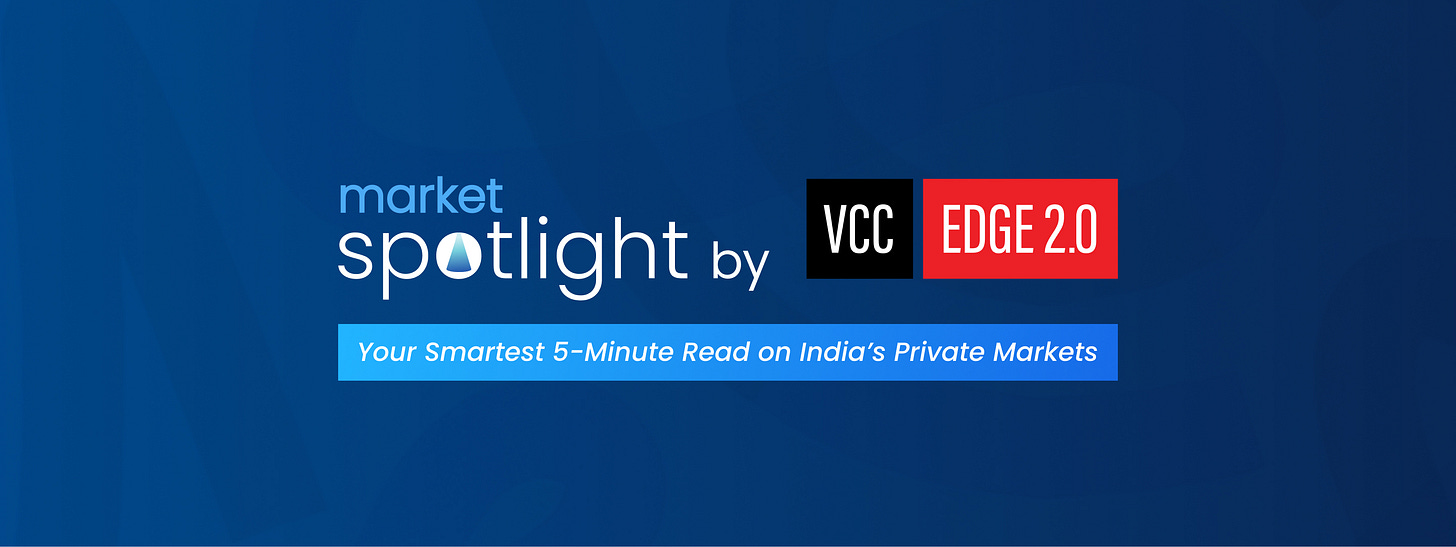How to Build a Simple Yet Effective Fundraising Pipeline
No fancy CRM? No problem. Here's how to manage your investor outreach with just an Excel sheet.
We know that fundraising is a game of numbers, relationships, and persistence. While CRMs like HubSpot or Streak are fantastic, not every founder has the resources or need for a complex tool - especially when you’re still bootstrapping.
But what if I told you that you can streamline your fundraising process with something as simple as Excel? Whether you're in your first round or gearing up for a Series A, Excel can become your best friend in managing investor relationships and tracking the progress of your fundraise.
Let’s break down how you can build an effective, easy-to-use CRM right in Excel and stay organized, focused, and in control of your fundraising efforts.
Don’t miss a template especially curated for founders at the end of the newsletter 👇
How to Set Up Your Investor CRM in Excel
Add Basic Contact Information
Begin with the essentials: collect the names, email addresses, phone numbers and linkedIn Ids of investors you already know, as well as potential investors you want to connect with. This is your starting point—don’t get bogged down by details at first.
Categorize Investors by Type
Next, label the type of each investor (angel investor, venture capital firm, etc.). This allows you to tailor your outreach and follow-up strategies to each investor type, making your communication more relevant and personal.
Track the Referrer
Who introduced you to this investor? Whether it’s an angel, a fellow founder, or a networking contact, note their name in this column. By tracking the source of each introduction, you can identify key connections, thank referrers, and build stronger relationships.
Initial Contact Date: When did you first reach out? Keep track of the timeline, so you can follow up appropriately.
Last Contact Date: Helps you know when to nudge them again—don’t miss an opportunity.
Set Next Contact Dates
Based on your last contact and follow ups, plan the next step with each investor. Set reminders for when to follow up - especially with those still in earlier stages like due diligence or soft commit.
Define the Stage of Engagement
Where is each investor in your fundraising journey? Customize the stages based on your needs, but here's a typical flow:
Lead: The investor has been referred to you, but you haven't reached out yet.
First Contact: This is when the investor first responds to your introduction, showing interest in learning more.
First Pitch: Your first formal meeting where you present your company.
Due Diligence: The investor is evaluating your company, requesting documents, and asking questions.
Soft Commit: The investor verbally commits to a specific amount, though the commitment is not official yet.
Signed: The investor has formally agreed to invest, and you’ve reached the finish line!
Rejected: They’ve decided not to invest, but don’t close the door—continue to nurture the relationship.
Ghosted: Silence. You can still follow up occasionally and update them on your progress, as circumstances might change.
Track Commitment Amounts
For investors who have verbally committed, record the amount they’ve promised. This gives you a clear overview of your fundraising progress.
Add Detailed Notes
The “Notes” section is where the magic happens. Keep detailed records of your interactions with investors—whether it’s a phone call, email, or meeting. This not only helps you stay organized but ensures your team is always on the same page and can pick up where you left off.
Measure Closed Deals
As money starts coming in, track the total investment. This is your celebratory moment, but it also gives you an ongoing metric for your fundraising progress.
Keep Following Up, Even with Rejections
Just because an investor rejects your pitch or goes silent doesn’t mean it’s the end. Keep them in your CRM and follow up periodically. Rejection isn’t final until they say "no"—and sometimes, a soft rejection can turn into a "yes" later on.
Why Your Investor CRM Matters
An investor CRM isn’t just a fancy spreadsheet—it’s a tool that helps you:
Consolidate all your investor contacts in one place, with detailed information.
Track interactions so you and your team are aligned and up-to-date.
Stay organized with clear reminders for follow-ups.
Monitor progress to ensure you’re moving towards closing your round.
Start Today with a Simple CRM
While premium CRMs offer advanced features like tracking email opens, a simple spreadsheet will serve you well in the early stages. It’s a flexible, customizable tool that’s easy to maintain and keeps you focused on what matters most: building relationships and closing the deal.
Here’s a fundraising CRM template to get you started.
How Xartup Helps You Fundraise Smarter
Instead of blindly reaching out to investors, use a strategic approach:
✅ Leverage Xartup’s Investor Database to find the right VCs based on sector & stage.
✅ Join the Xartup Fellowship to access mentorship & growth resources.
✅ Get Technical Credits to test your product and many more.
🚀 Ready to optimize your fundraising? Join xartup.com














